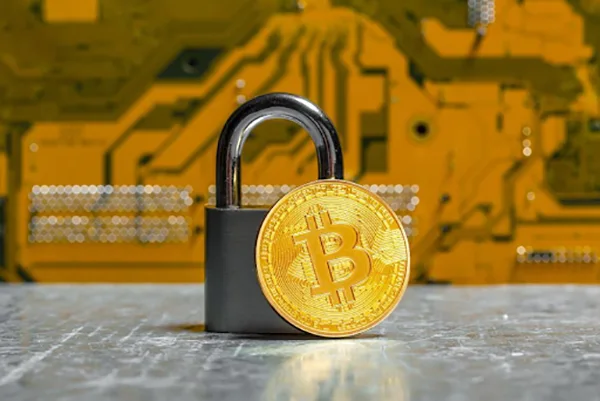No, the connection type needs to be private only, as public connections are not safe for such transactions.

Have you ever heard about security risks in Crypto Trading? Whether you are a crypto trader or are planning to begin it, in any case, you should be aware of the online security risks to avoid any possible fraud or scam.
In this financially independent world, cryptocurrency plays a crucial role. Being more than just a hobby, it is transforming our financial world. But along with this transformation, it brings many security threats too.
But don’t worry. We have brought an article for you that will introduce you to the potential online security threats in today’s cryptocurrency. It will make you aware and share the best practices to stay safe from these scams.
Key Takeaways
- Defi is the safest way to get over traditional intermediaries such as banks.
- Using a private network instead of public ones is a good practice to avoid potential threats.
- The nature of the risk also depends on the asset value and cryptocurrency transactions.
- Always avoid clicking on any scam link, fraudulent website, or email that looks unprofessional.
The burgeoning decentralized finance (DeFi) ecosystem – i.e., applications that use blockchain technology and cryptocurrency techniques – holds promise for a new paradigm that can banish the need for customary intermediaries, such as banks, brokers, and exchanges, in the financial sector. DeFi applications, also referred to as dApps, enable peer-to-peer financial services, mostly lending, via online platforms, therefore creating an open, permissionless system where anyone with access to the World Wide Web can participate.
Native tokens, those inherently tied to a blockchain, are used for transactional purposes and as a store of value. The Shiba Inu, for instance, is the native cryptocurrency of the Shibarium blockchain, and can be classified as both an infrastructure token on account of its Ethereum Layer-2 service and a media and entertainment asset, under the meme coin category. Many investors search online to learn how to buy Shiba Inu. Non-native tokens, conversely, are created using smart contracts, such as USDT, introduced as an ERC-20 token on the Ethereum blockchain.
Alas, the decentralized nature and particular technical features of the DeFi architecture bring online security challenges. The very functioning pattern that makes the current landscape attractive builds a platform for security threats, which can result in financial loss, data breaches, and even identity theft.
Recognizing the Need for Robust Crypto Protection
The nature and magnitude of the risks vary according to specific features of digital assets and cryptocurrency transactions. Factors such as volatility, custody mechanisms, consensus protocols, and regulatory clarity can all influence the risk profile. By way of illustration, DeFi platforms may expose users to smart contract vulnerabilities, whereas centralized exchanges present counterparty and custodial risks. Furthermore, the anonymity and irrevocability of blockchain transfers can heighten the impact of fraud or operational errors.
This way, the users of cryptocurrencies are at risk. Although digital tokens are an integral part of Web3, serving as the native digital currency for dApps, simplifying peer-to-peer transactions, and acting as an incentive for network participation, they also raise important questions. Security is critically important because, as opposed to traditional banking, there is no safety net if funds are lost or stolen. Freedom comes at the cost of responsibility, that is, implementing reasonable security measures and best practices.
Interesting Fact
In 2023 alone, cryptocurrency worth more than $1.7 billion was stolen through various hacks and phishing scams.
The threads mentioned below are popular and potential risks to consider in the world of crypto:
Owning digital tokens comes with responsibilities, and users should be proactive with security for the protection of funds and personal information. Below are the best practices to be aware of crypto threads:
Attackers in the DeFi space often weaponize urgency and the fear of missing out (FOMO) to encourage users to make quick decisions without proper due diligence. They may include a limited-time offer or claim that an attractive investment opportunity is about to end very soon, to trigger panic, so unsuspecting victims become more risk-prone and skip essential security checks. This is precisely why it’s important to practice cold thinking, namely, pause before making any transaction, especially if it feels hurried.
With the right precautions and smart security habits, cryptocurrency can be a safe way to manage and grow your wealth.
No, the connection type needs to be private only, as public connections are not safe for such transactions.
Paper wallets and offline hardware are the safest methods to store crypto.
At least once a month, the waleect should be checked and their permissions should also be looked at.
It’s very rare, but if somehow you downloaded an insecure application, then it may help the cyberattackers to hack.
